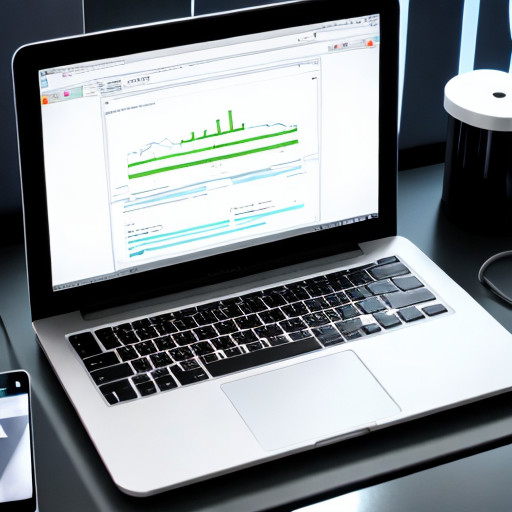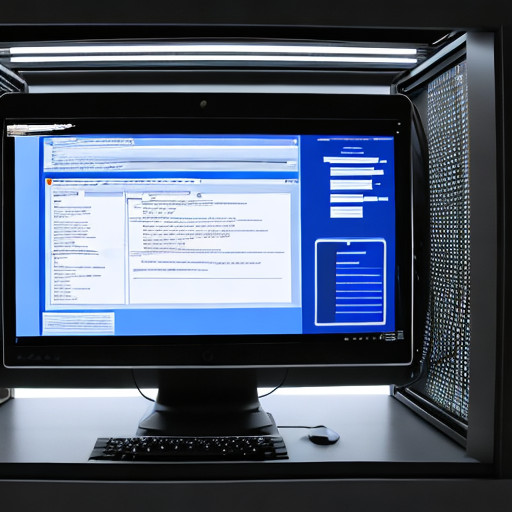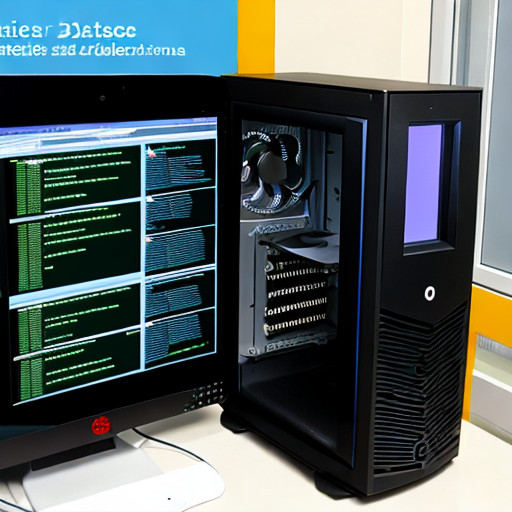1. Data Collection
Start by gathering relevant data from your software development processes and user interactions. This can include code repositories, bug tracking systems, user feedback, and more. Establish a systematic data collection process to ensure that the data you collect is accurate, relevant, and well-organized. This will make it easier to analyze the data later on. Utilize automated tools and scripts to streamline the data collection process, reducing manual efforts and minimizing the potential for errors in data entry. Keep your data collection methods up-to-date to adapt to changing project requirements and evolving data sources. This will ensure that you capture the most pertinent information for analysis.

2. Data Analysis
Utilize data science techniques to analyze the collected data. Identify patterns, trends, and potential areas for improvement in your software development workflow and application performance. Visualize your data through charts, graphs, and interactive dashboards to gain a deeper understanding of trends, identify outliers, and explore correlations between variables. Use data analysis to identify bottlenecks or inefficiencies in your software development process, allowing for targeted improvements and optimizations. Regularly conduct exploratory data analysis to uncover hidden opportunities and refine your development strategies based on data-driven discoveries.

3. Decision Making
Make data-driven decisions to optimize your software development process. Prioritize tasks, allocate resources effectively, and implement changes based on the insights gained from your data analysis. Implement data-driven decision-making frameworks, such as A/B testing, to assess the impact of different strategies and choose the most effective ones for optimization. Involve relevant stakeholders in the decision-making process, ensuring that key team members understand and support the data-driven changes being proposed. Continuously monitor and evaluate the outcomes of your decisions, iterating on your strategies as needed to achieve ongoing software development and optimization goals.

4. Continuous Improvement
Implement a feedback loop for continuous improvement. Regularly collect and analyze data, adapt your development strategies, and measure the impact of changes to ensure ongoing optimization. Encourage a culture of continuous learning and adaptation within your development team, where everyone is committed to making incremental improvements. Act on the insights gained from data analysis by implementing changes and optimizations to your development workflows and practices. Measure the impact of these changes over time, using key performance indicators and metrics to gauge the effectiveness of your continuous improvement efforts. Adjust strategies as necessary to maintain progress and enhance software development outcomes.
